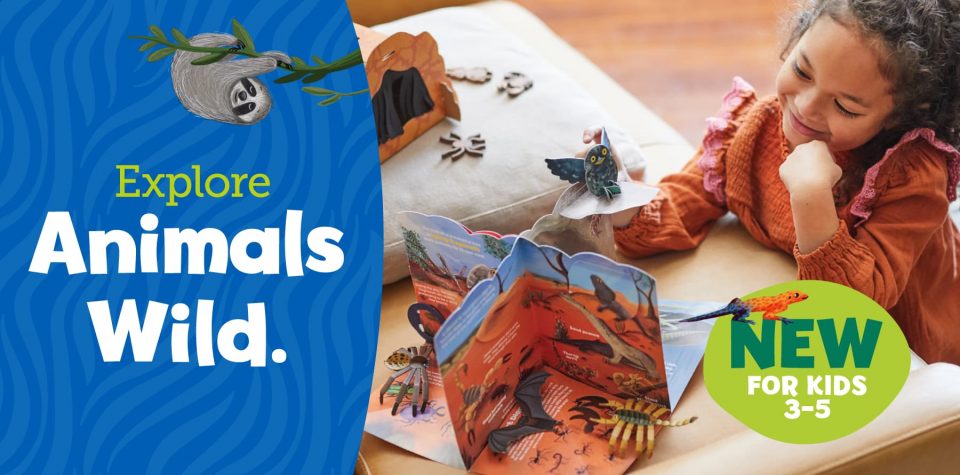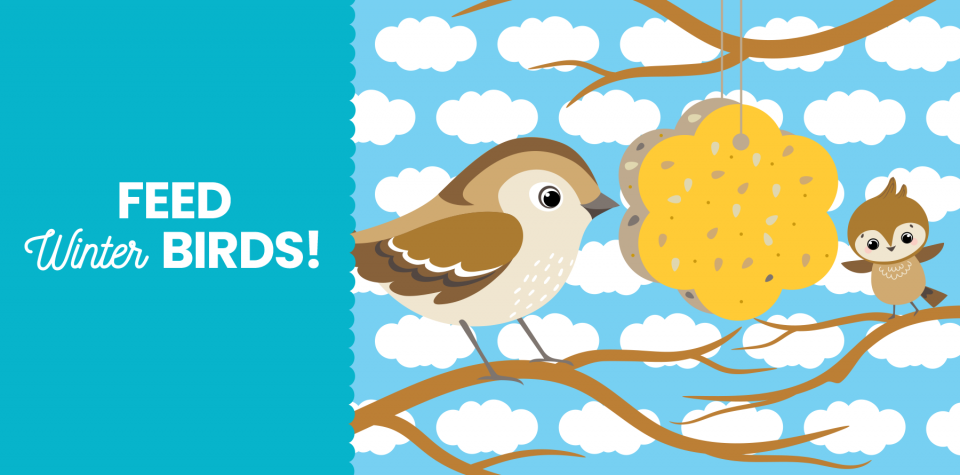
Feed Winter Birds!
Birds may seem unlikely to peek their little heads out in the cold, but many species are adapted to thrive in winter, with downy feathers, high metabolic rates, and communal roosts in specially chosen places where they snuggle to keep warm at night. Celebrate National Bird Day on January 5 with us by discovering fun facts about three of these intrepid animals from around the world, plus getting some tips on making DIY birdseed for feathered friends in your own backyard. Then follow instructions for a super-easy bird feeder craft to do with your kids!
Dark-eyed Junco
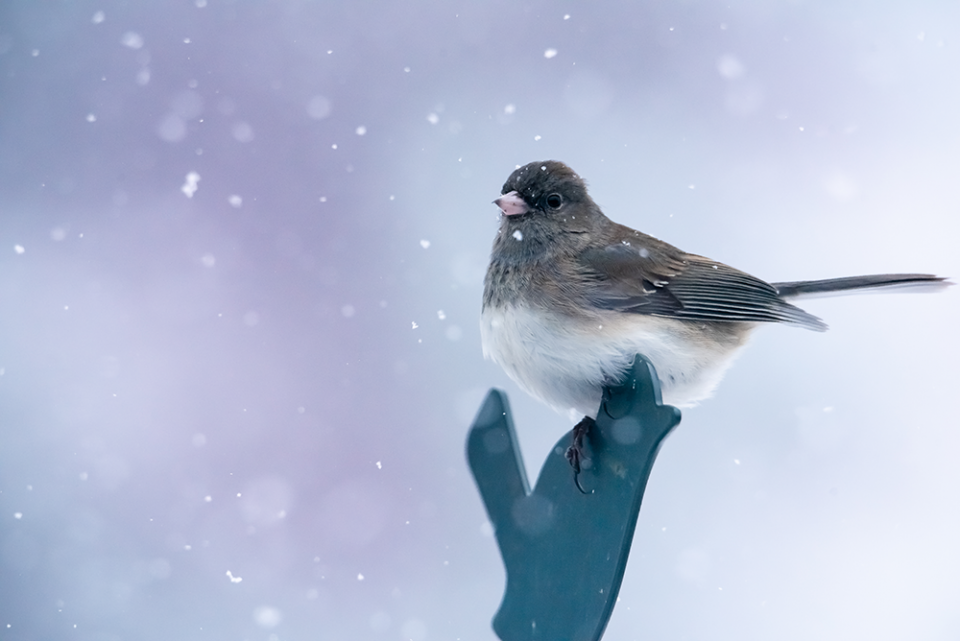
The dark-eyed junco can be found in North America from Alaska to northern Mexico. Many people refer to them as snowbirds because they see them most often in winter, when they congregate in large flocks and hop around foraging. Dark-eyed juncos like seeds, including millet and sunflower, and will usually eat from a feeder or forage on the ground.
European Robin
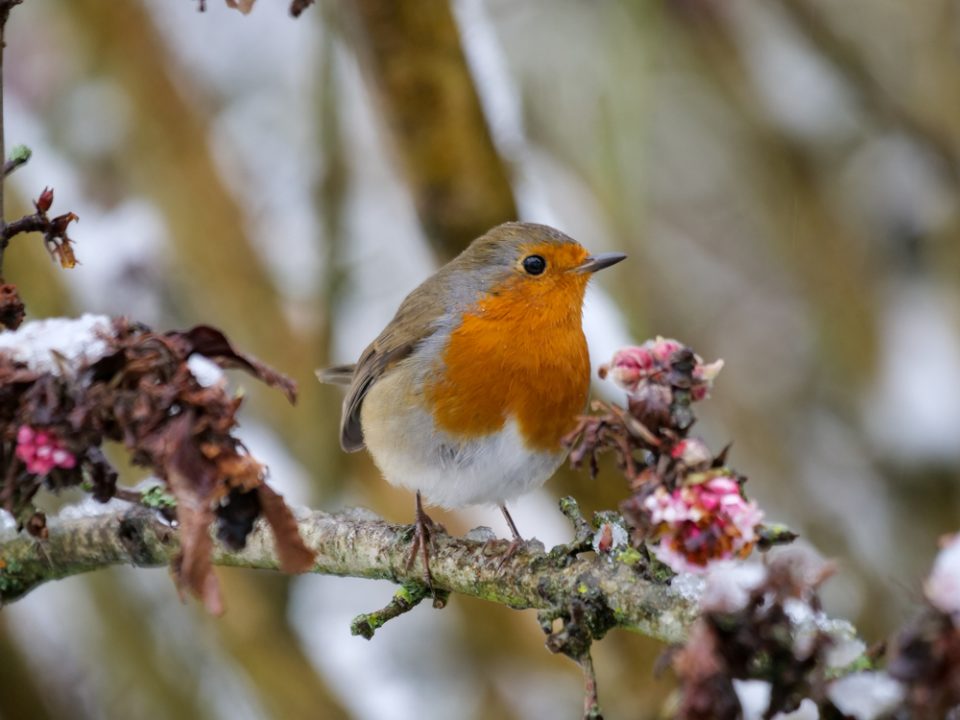
The European robin, which is smaller than and not biologically related to its North American counterpart, has been associated with Christmas in the United Kingdom since Victorian times. Back then, postmen delivering Christmas cards wore bright red outfits that earned comparisons to the rust-colored plumage on the robin’s face and chest. European robins, which like to eat mealworms, birdseed, and fruit, can be found throughout Europe as well as in portions of Asia, Eurasia, and North Africa.
Red-crowned Crane
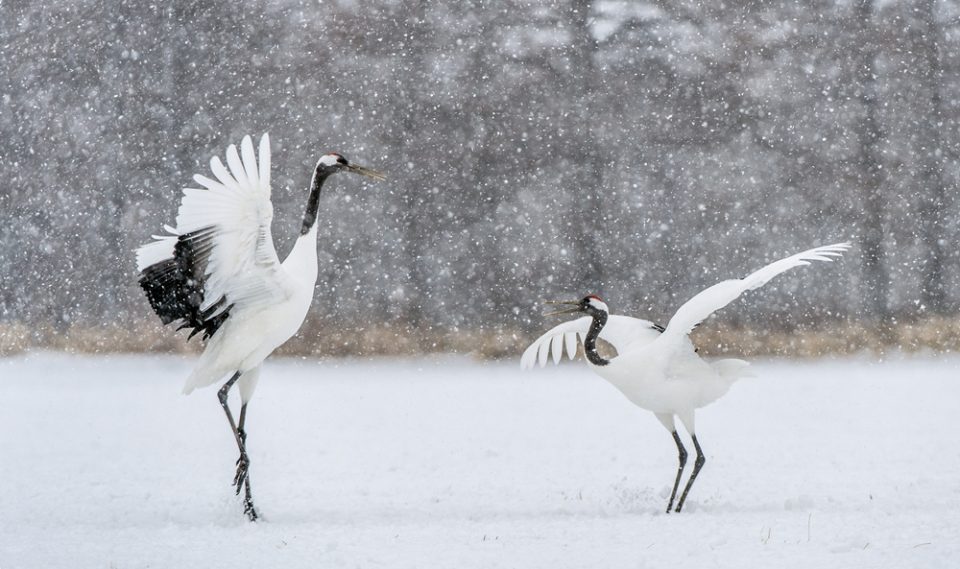
Eastern Asia’s red-crowned cranes are the biggest of our bunch at close to five feet tall and almost 25 pounds in weight. They spend their winters in wetlands, where they eat fish, grains, berries, amphibians, and small mammals. The birds have a heavenly reputation in China and Japan, where they’re associated with long life and are known for performing elaborate dances. Japanese farmers on the island of Hokkaido have hand-fed red-crowned cranes during winter since 1950, helping them recover from near extinction.
Together Time
No matter where you live, you’re likely to have some hungry winter birds nearby. Luckily, birds like lots of different foods, many of which you might have in your kitchen! To make your own DIY birdseed, mix and match any of the following:
- Sunflower seeds
- Sunflower chips
- Quinoa
- Cracked corn
- Dried fruit
- Pumpkin seeds
- Celery seeds
- Dill seeds
- Flax seeds
- Millet
- Crushed nuts
Then try our easy homemade bird feeder craft and see which feathered friends come to nibble!

